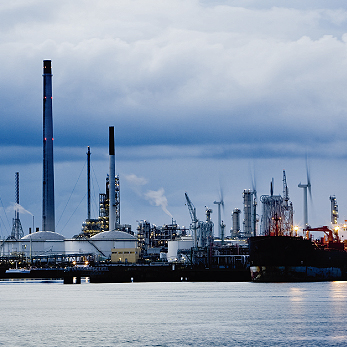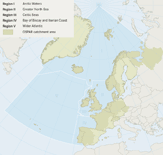Chemicals form an essential part of everyday life. They can be naturally occurring, like metals in the Earth’s crust, formed as unintended by-products of natural and human-induced chemical processes, or synthesised specifically for use in industrial processes and consumer products. About 100 000 substances are on the European market and around 30 000 of these have an annual production of more than 1 tonne per year. Some of these substances are hazardous because they are persistent, liable to accumulate in living organisms and toxic. They can contaminate the marine environment, with harmful effects on marine life and ultimately human health via the food web. OSPAR works under its Hazardous Substances Strategy to identify which substances are hazardous for the marine environment, to prevent, reduce and ultimately eliminate pollution with these substances, and to monitor the effectiveness of measures to achieve this.
OSPAR Strategy objectives for hazardous substances
- Move towards the cessation of discharges, emissions and losses of hazardous substances by 2020.
- The ultimate aim is to achieve concentrations of hazardous substances in the marine environment near background values for naturally occurring substances and close to zero for man-made substances.


